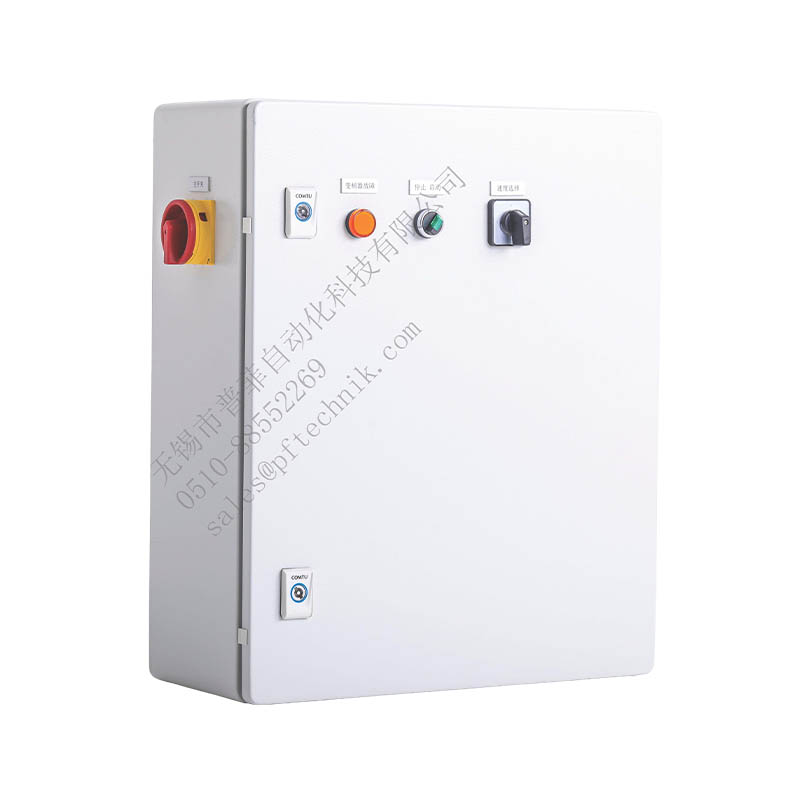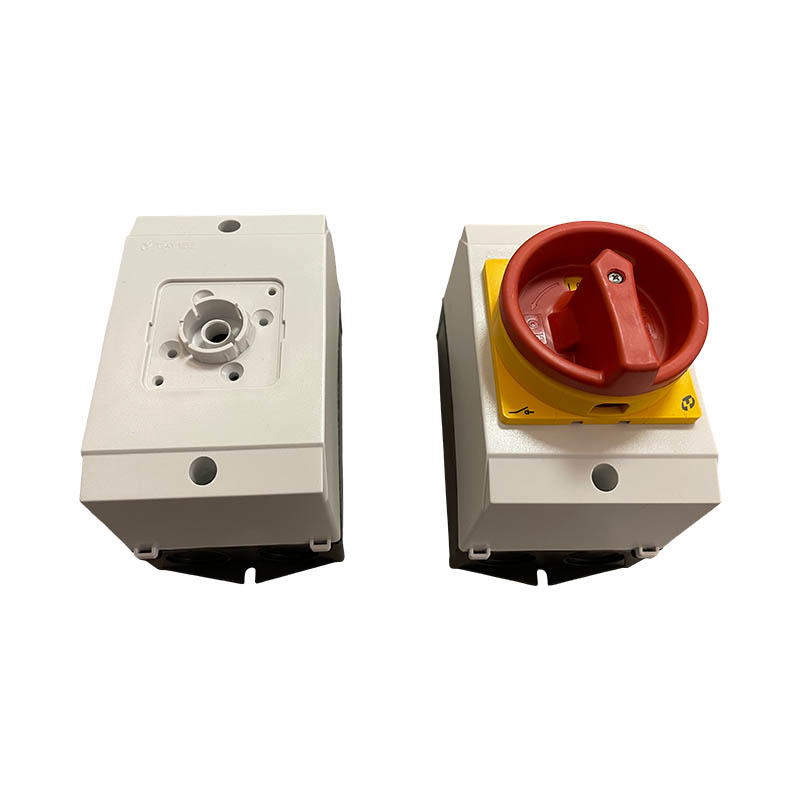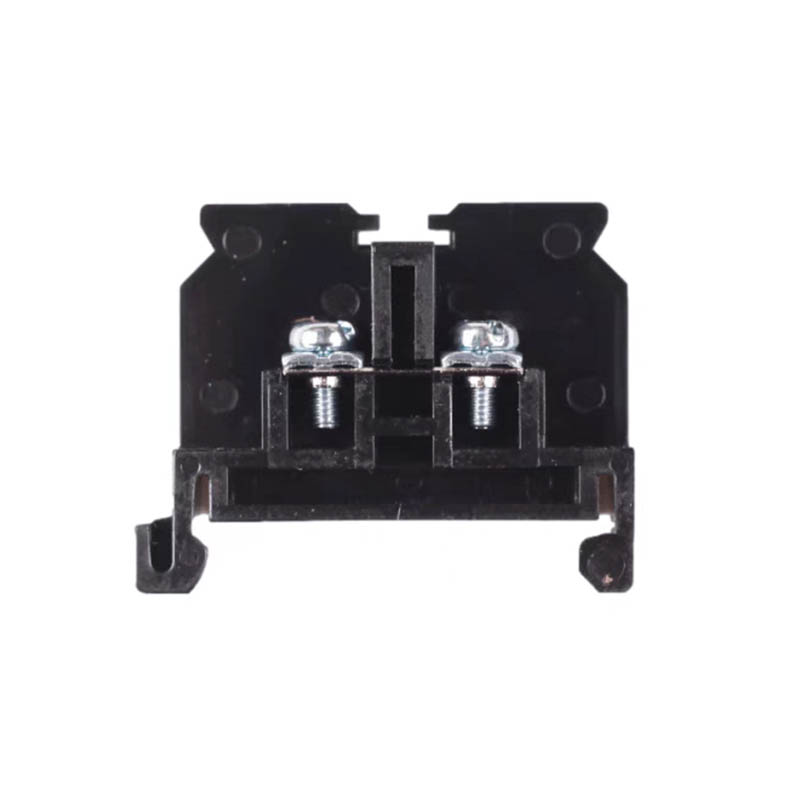How can integrated design improve control cabinet system reliability and maintenance efficiency by optimizing component layout and internal wiring?
Release Time : 2025-08-04
In the nerve center of modern industrial automation, the complete control cabinet—whether it integrates inverters, PLCs, or comprehensive electrical controls—has long transcended the traditional "distribution box" to become a highly integrated, intelligently coordinated, and precisely dispatched "industrial brain." It's no longer a simple collection of discrete components; rather, it's a sophisticated system engineering project that integrates power, signals, logic, and safety. It's the mastermind behind smooth production line operation, efficient equipment coordination, and precise process execution. Its existence symbolizes the profound transition of industrial systems from mechanical drive to intelligent control, and it serves as a core enabler for modern manufacturing's move toward digitalization, networking, and intelligence.
The superiority of the complete control cabinet stems from its elegant taming of complexity. Within the confined cabinet space, it densely integrates circuit breakers, contactors, relays, inverters, PLC controllers, HMIs, power modules, terminal blocks, and various sensor interfaces. Every cable routing, module layout, and heat dissipation channel design has been meticulously calculated and optimized through simulation to ensure electromagnetic compatibility (EMC) compliance, uniform heat distribution, and convenient maintenance access. This high level of system integration not only significantly reduces on-site wiring workload and the potential for errors, but also consolidates previously fragmented and complex control logic into a unified platform with clear logic, rapid response, and easy management, achieving a qualitative shift from "multi-point control" to "centralized intelligent control."
The system's core value lies in its absolute control of reliability and safety. In harsh industrial environments, vibration, dust, temperature and humidity fluctuations, and power surges are ubiquitous. The integrated control cabinet utilizes high-strength cold-rolled steel or stainless steel, achieving an IP54 or higher protection rating and effectively resisting external intrusion. Internal components are selected from leading international brands and undergo rigorous screening and burn-in testing to ensure long-term stable operation. The PLC program undergoes multiple verifications and redundant design, supporting fault self-diagnosis, alarm tracing, and remote reset, significantly minimizing downtime. The precise matching of the inverter and motor enables soft starting, precise speed regulation, and optimized energy consumption, protecting equipment from current surges. The entire system complies with international electrical safety standards such as IEC and GB, and incorporates comprehensive safety measures such as grounding, equipotential bonding, and emergency stop circuits, creating an impenetrable barrier of protection.
The complete control cabinet provides a sense of complete control. Engineers can monitor the operating status, process parameters, energy consumption data, and alarm information of all equipment in real time via the HMI touch screen on the cabinet door, eliminating the need to navigate between individual electrical boxes. The PLC's powerful logic processing capabilities easily implement complex linkage control, sequential start-up, and safety interlocks. The system supports standard communication protocols (such as Modbus, Profinet, and Ethernet/IP), seamlessly integrating with higher-level SCADA systems or MES/ERP platforms for transparent production data and remote management. For maintenance personnel, clear line number identification, modular component design, and ample internal space make troubleshooting and component replacement efficient and hassle-free.
The deeper significance lies in its strategic position as the cornerstone of intelligent manufacturing. In the vision of a "Lighthouse Factory," the complete control cabinet is the starting point for data collection and the endpoint for command execution. It's not just a control center, but also an information hub. By integrating an OPC UA server or edge computing module, it can upload underlying device data to the cloud in real time, providing the primary basis for predictive maintenance, energy efficiency analysis, and quality traceability. Its standardized and modular design also facilitates rapid replication and expansion, supporting the rapid reconfiguration of flexible production lines and adapting to modern high-mix, low-batch production models.
Though a mere combination of metal and electronics, the integrated complete control cabinet embodies a profound understanding of industrial order and the intelligent future. It employs sophisticated integration to mitigate system complexity, employs strict standards to ensure operational safety, and employs an open architecture to connect to the digital future. In an era of extreme reliability, efficient collaboration, and intelligent decision-making, it is steadily and irreplaceably becoming the core "control center" of modern factories, ensuring that every command is a precise grasp of the pulse of production and that every piece of equipment operates in harmonious harmony through intelligent scheduling.
The superiority of the complete control cabinet stems from its elegant taming of complexity. Within the confined cabinet space, it densely integrates circuit breakers, contactors, relays, inverters, PLC controllers, HMIs, power modules, terminal blocks, and various sensor interfaces. Every cable routing, module layout, and heat dissipation channel design has been meticulously calculated and optimized through simulation to ensure electromagnetic compatibility (EMC) compliance, uniform heat distribution, and convenient maintenance access. This high level of system integration not only significantly reduces on-site wiring workload and the potential for errors, but also consolidates previously fragmented and complex control logic into a unified platform with clear logic, rapid response, and easy management, achieving a qualitative shift from "multi-point control" to "centralized intelligent control."
The system's core value lies in its absolute control of reliability and safety. In harsh industrial environments, vibration, dust, temperature and humidity fluctuations, and power surges are ubiquitous. The integrated control cabinet utilizes high-strength cold-rolled steel or stainless steel, achieving an IP54 or higher protection rating and effectively resisting external intrusion. Internal components are selected from leading international brands and undergo rigorous screening and burn-in testing to ensure long-term stable operation. The PLC program undergoes multiple verifications and redundant design, supporting fault self-diagnosis, alarm tracing, and remote reset, significantly minimizing downtime. The precise matching of the inverter and motor enables soft starting, precise speed regulation, and optimized energy consumption, protecting equipment from current surges. The entire system complies with international electrical safety standards such as IEC and GB, and incorporates comprehensive safety measures such as grounding, equipotential bonding, and emergency stop circuits, creating an impenetrable barrier of protection.
The complete control cabinet provides a sense of complete control. Engineers can monitor the operating status, process parameters, energy consumption data, and alarm information of all equipment in real time via the HMI touch screen on the cabinet door, eliminating the need to navigate between individual electrical boxes. The PLC's powerful logic processing capabilities easily implement complex linkage control, sequential start-up, and safety interlocks. The system supports standard communication protocols (such as Modbus, Profinet, and Ethernet/IP), seamlessly integrating with higher-level SCADA systems or MES/ERP platforms for transparent production data and remote management. For maintenance personnel, clear line number identification, modular component design, and ample internal space make troubleshooting and component replacement efficient and hassle-free.
The deeper significance lies in its strategic position as the cornerstone of intelligent manufacturing. In the vision of a "Lighthouse Factory," the complete control cabinet is the starting point for data collection and the endpoint for command execution. It's not just a control center, but also an information hub. By integrating an OPC UA server or edge computing module, it can upload underlying device data to the cloud in real time, providing the primary basis for predictive maintenance, energy efficiency analysis, and quality traceability. Its standardized and modular design also facilitates rapid replication and expansion, supporting the rapid reconfiguration of flexible production lines and adapting to modern high-mix, low-batch production models.
Though a mere combination of metal and electronics, the integrated complete control cabinet embodies a profound understanding of industrial order and the intelligent future. It employs sophisticated integration to mitigate system complexity, employs strict standards to ensure operational safety, and employs an open architecture to connect to the digital future. In an era of extreme reliability, efficient collaboration, and intelligent decision-making, it is steadily and irreplaceably becoming the core "control center" of modern factories, ensuring that every command is a precise grasp of the pulse of production and that every piece of equipment operates in harmonious harmony through intelligent scheduling.







